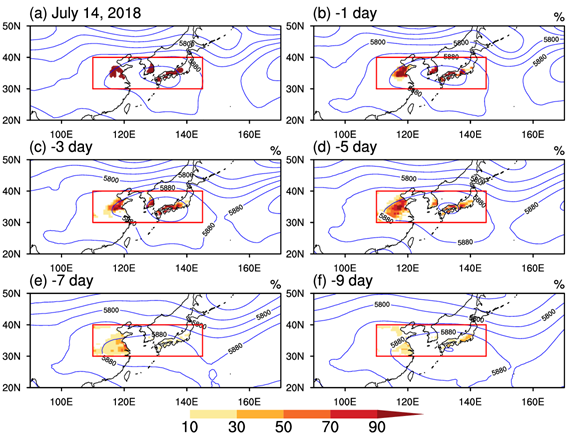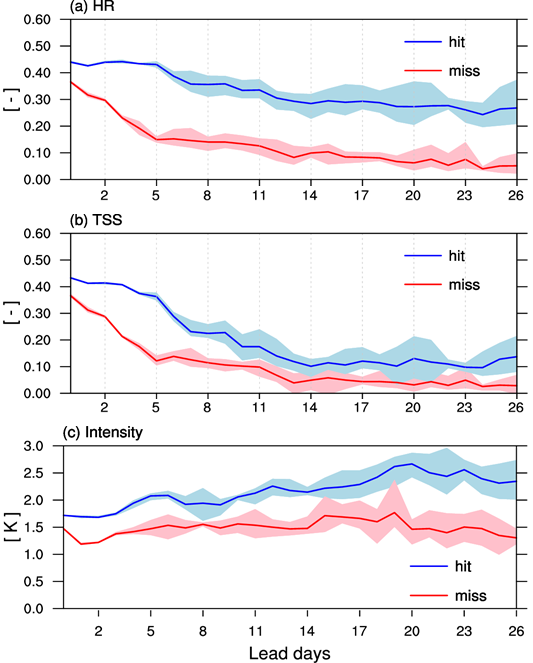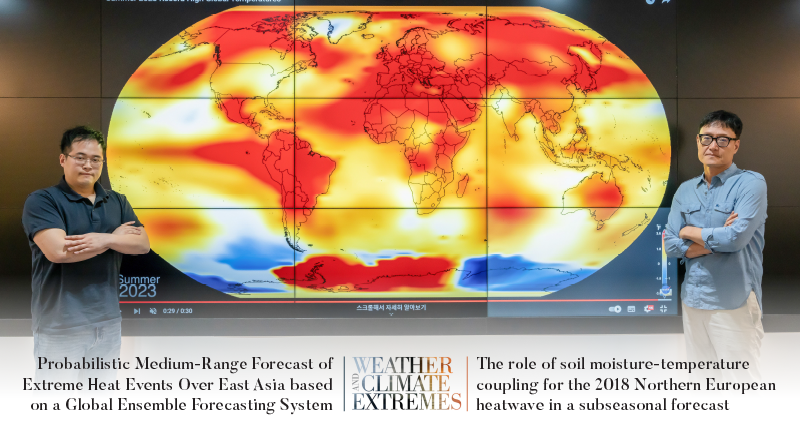Researchers unveiled a system, capable of predicting the likelihood of heatwave occurrences in Korea ten days in advance. This advancement is expected to facilitate early preparations for heatwaves, particularly given the anticipated yearly rise in record-breaking temperatures.
Led by Professor Myong-In Lee in the Department of Civil Urban Earth and Environmental Engineering at UNIST, a research team has created a system capable of predicting heatwave occurrences in Korea up to ten days in advance. By utilizing the Korea Meteorological Administration’s Ensemble Prediction System for Global (EPSG), information pertaining to summer heatwave forecasts can now be extended up to ten days prior, thereby providing an extended window for advanced warnings.
The new system has displayed superior performance compared to existing forecasting techniques, particularly within Korea when compared to other East Asian regions. Throughout the severe heatwave of 2018, the system accurately forecasted the start and end of the heatwave from a week prior, illustrating its practical efficacy.

Figure 1. (a) Spatial distribution of HW region (shaded) and 500 hPa geopotential height (contour, unit: m) for case 1 (July 14, 2018). (b)–(f) Probability forecast of HW (shaded, unit: %) across forecast lead time. Red box indicates the study domain in East Asia for HW forecast.
The team is presently working on the development of a forecasting model equipped to predict heatwaves a fortnight in advance. This updated system analyzes the land–atmosphere interactions to enhance heatwave prediction accuracy. By determining rapid changes in soil moisture and maximum ground temperature within the climate prediction system, the team emphasizes the importance of improving the accuracy of soil moisture prediction.

Figure 2. Averaged skill scores for heatwaves prediction over Northern Europe (10°W–20°E, 45–65°N) across lead forecast time, for (a) HR, (b) TSS, and (c) Intensity, where blue and red lines are the results in which the model hit and miss SSM in the hypersensitive regime, respectively. Shading indicates upper and lower bounded values across 4 ensemble members. (For interpretation of the references to colour in this figure legend, the reader is referred to the Web version of this article.)
Professor Lee emphasized, “This exploration greatly enhances the disaster prediction capabilities of Korea’s meteorological system.” Sunlae Tak, the first author of two publications stemming from the study, stated, “The outcomes of our investigation will furnish the public with precise heatwave intelligence during the summer season, thereby ultimately mitigating potential damages.”
The research findings have been consecutively published in Weather and Climate Extremes, a prestigious peer-reviewed journal dedicated to weather and climate disasters, on April 4 and May 24, 2024. This study was executed as part of the Heat Wave Research Center initiative, supported by the Korea Meteorological Administration and the National Institute of Meteorological Sciences (NIMS).
Journal Reference
1. Sunlae Tak, Nakbin Choi, Joonlee Lee, Myong-In Lee, “Probabilistic Medium-Range Forecast of Extreme Heat Events Over East Asia based on a Global Ensemble Forecasting System,” Weather and Climate Extremes, (2024).
2. Sunlae Tak, Eunkyo Seo, Paul A. Dirmeyer, Myong-In Lee, “The role of soil moisture-temperature coupling for the 2018 Northern European heatwave in a subseasonal forecast,” Weather and Climate Extremes, (2024).















